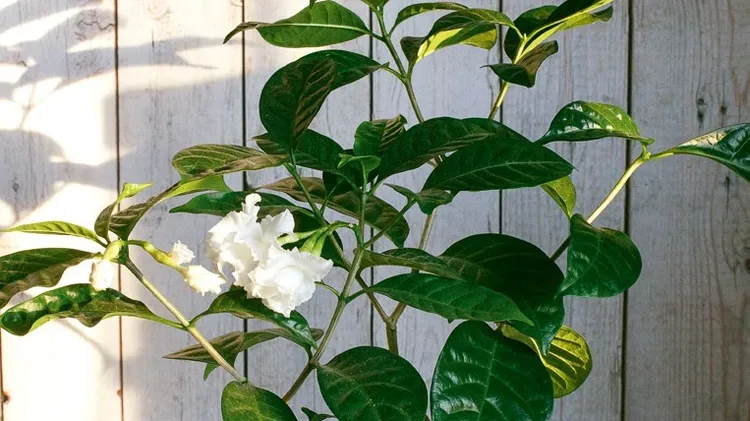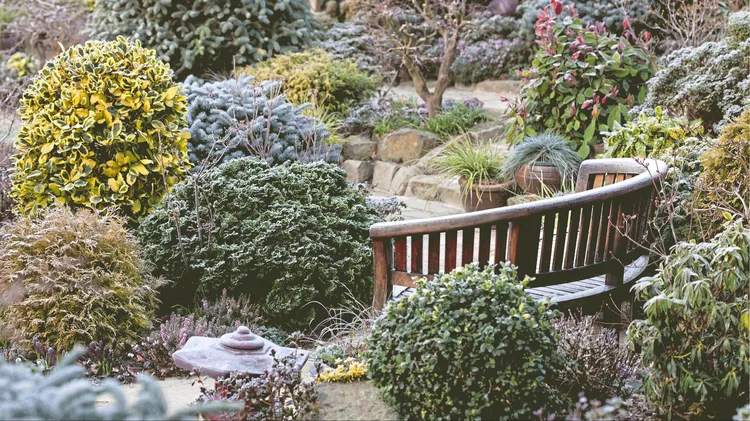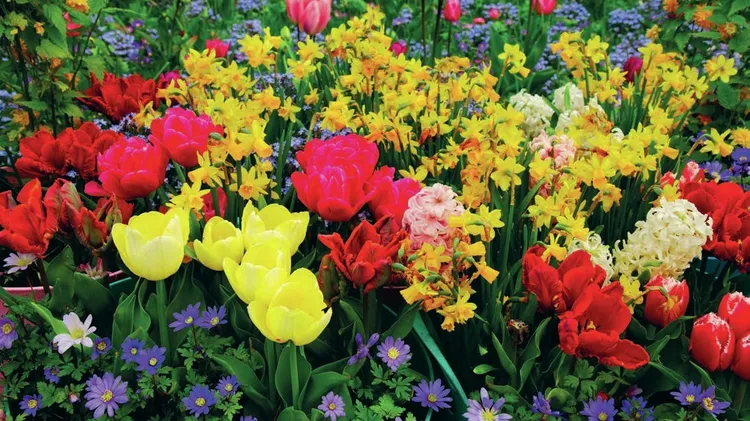Alan Titchmarsh reveals his favourite line-up of superstar performer
Plants with the wowfactor
6 min read
This article is from...
Read this article and 8000+ more magazines and newspapers on Readly






